

Proficient Manipulate Tissue Homogenate
Tissue homogenate definition: A thick liquid in the form of a solid-liquid mixture formed by disintegrating the differentiated cell population by physical-mechanical means or other methods, releasing the cell contents, and forming a solid-liquid mixture with the cell debris.
1. Take an appropriate amount of tissue block, rinse with pre-cooled PBS (0.01 mol/L, pH 7.0-7.4) to remove residual blood and impurities on the surface. (Many users wonder, how much is this appropriate amount? ELISA kit assay: serum or cell supernatant sample dosage 100μL/indicator (single well); tissue dosage 15mg/indicator (single well), almost the size of dried green beans. ) The size of each organ of the specific mouse can be seen in the figure below.
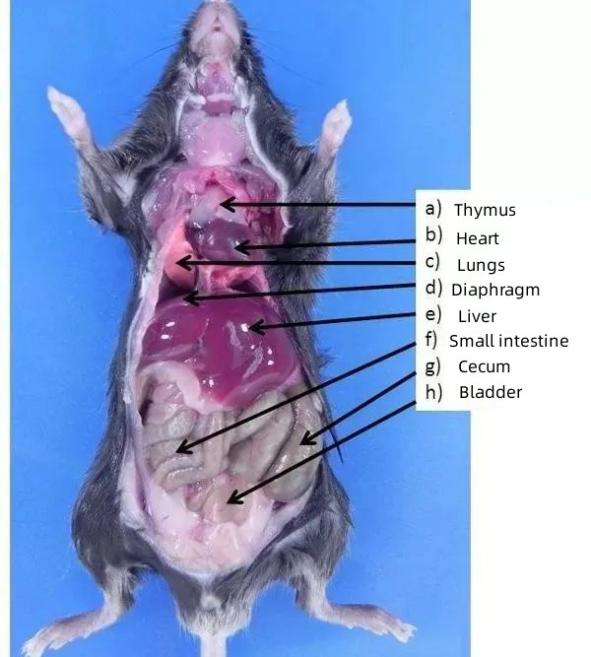
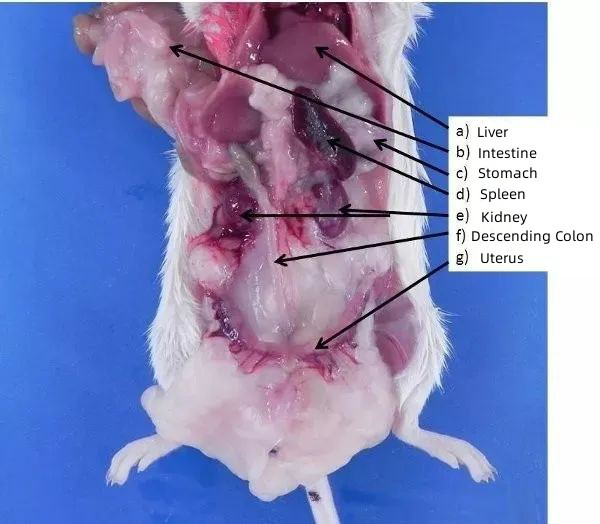
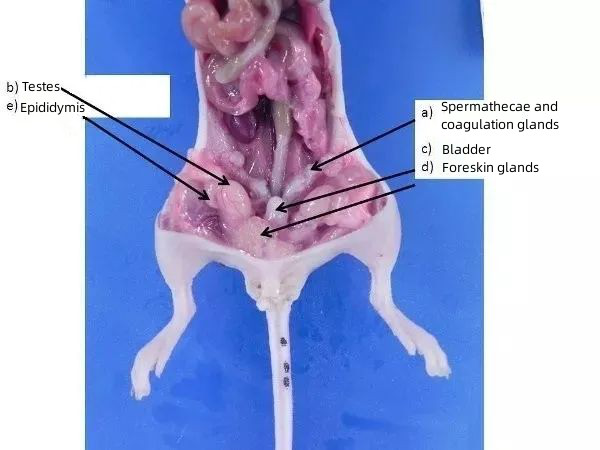
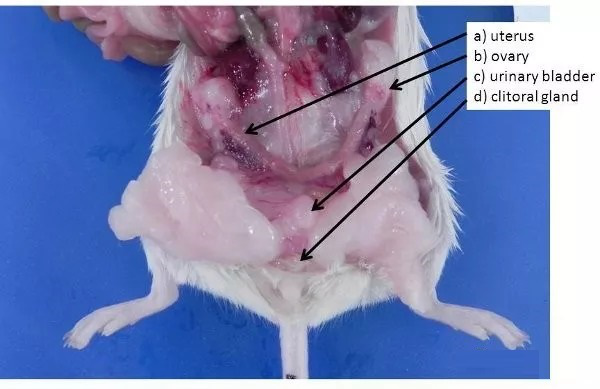
2. Weigh the tissue block and cut it into as small pieces as possible so as to be fully homogenized;
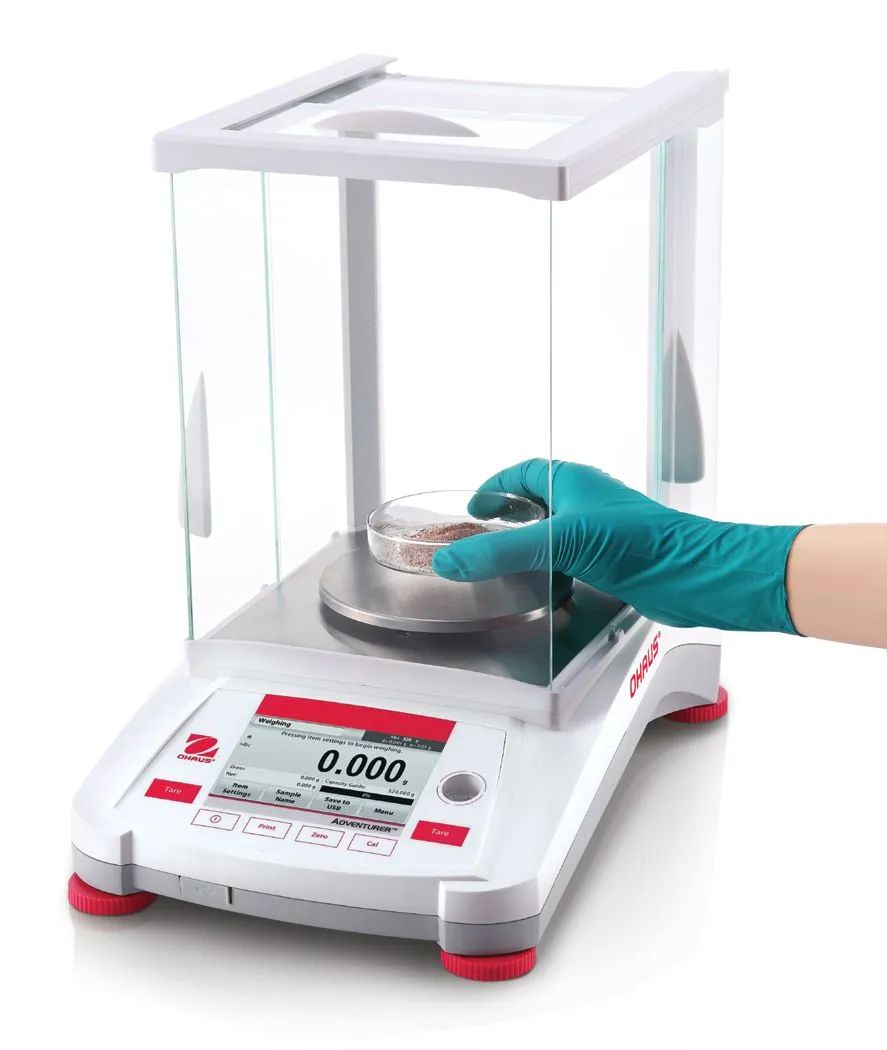
3. A variety of homogenization methods can be selected at the same time to achieve better crushing effect: first, move the tissue block into a glass homogenizer, add 5-10ml of pre-cooled PBS (the mass-volume ratio of tissue to PBS is recommended to be 1:9, that is, 1g Add 9ml PBS) to the sample for full grinding (machine homogenization can be used in conditional laboratories), and this process needs to be carried out on ice; the obtained homogenate can be further processed by ultrasonication or repeated freezing and thawing (pay attention to ice during ultrasonication). Bath to cool down; repeated freeze-thaw method can be repeated 2 times).
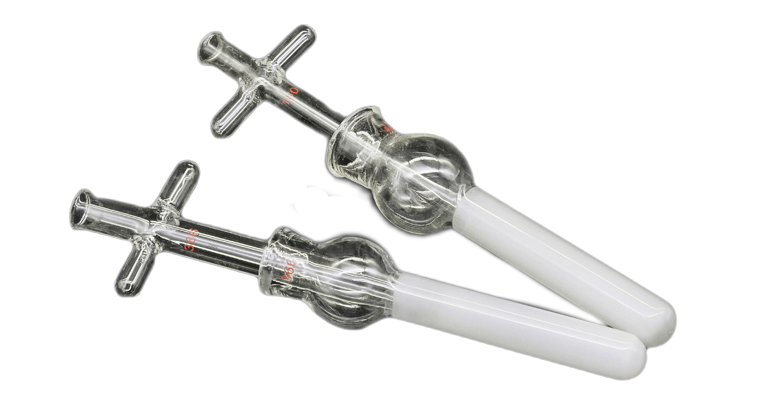
Glass Homogenizer

Ultrasonic Cell Crusher
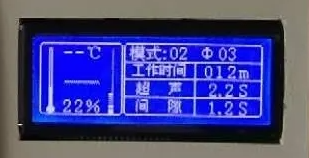
Ultrasonic cell crusher can be used to crush many kinds of animals and plants, viruses, cells, bacteria and tissues, and it can also be used for emulsification, separation, homogenization, extraction, defoaming, clarity, vegetation of nano-materials, dispersion and acceleration of chemical reactions, etc. It has many applications in medicine, military, industry and agriculture.
Notes
- In the process of crushing will be a lot of heat production, the general are crushed under the ice bath.
- Remember to idle, and be sure to insert the ultrasonic amplitude change lever into the sample before turning on the machine.
- Variable amplitude rod (ultrasonic probe) into the water depth: about 15mm, the liquid surface height is best to have more than 25mm, the probe should be centered, the probe can not touch the container wall and bottom. Ultrasound is a vertical longitudinal wave, inserted too deep to form convection, affecting the crushing efficiency.
Ultrasound parameter settings: see the manual for specific settings
- Time: Ultrasound time should preferably not exceed 5 seconds each time, and the gap time should be greater than or equal to the ultrasound time in order to facilitate heat dissipation. Time setting should be short ultrasound time, ultrasound more times principle, can extend the life of the ultrasound machine as well as the probe.
- Ultrasonic power: not too large to avoid sample splashing or foaming. If less than 10ml sample volume, the power should be within 200w; for 10-200ml sample volume, the power is 200-400w; for sample volume above 200ml, the power is between 300-600w.
- Vessel selection: How much sample there is to choose how big the beaker, so that it is also conducive to sample convection in the ultrasound and improve the efficiency of crushing. For example; a 25 ML beaker is preferable for a 20 ML processing volume.
Example of parameter setting:
If 10 ml of cell homogenate sample set parameters: 100 W, 60 cycles, sonication for 3 seconds, gap for 5 seconds (total time 8 minutes).
5) If the sample is placed in a 1.5ml EP tube, please make sure to fix the EP tube to prevent the liquid level from dropping after the ice bath melts, resulting in an empty load.
6) daily maintenance: after use with alcohol scrub the probe or use water for ultrasound.
7) When using ultrasonic cell crusher microprobe, the amplitude adjustment should not exceed 70%, otherwise it will cause damage to the probe.
4. The prepared homogenate was centrifuged at 5000×g for 5 minutes, and the supernatant was left for detection.
5. If the samples need to be stored for a long time, please add protease inhibitors. According to the needs of the experiment, the total protein of the tissue homogenate sample can be quantified first to facilitate the statistical analysis of the data. Some tissue samples kidney, brain tissue will have false positives. The process of processing the sample is the process of collecting the target protein. Since the protein is easily denatured and degraded, the process should be as gentle as possible. The storage of samples after processing is also very important. In particular, be careful not to freeze and thaw repeatedly. After processing, samples can be stored in sealed packages. The storage should be less than 1 week at 4°C, no more than 1 month at -20°C, and no more than 3 days at -80°C. months. Specimens should be slowly equilibrated to room temperature before use and should not be heated to thaw.



